Aquiahuac Burnt Orange Polychrome
Aquiahuac Burnt Orange Polychrome is characterized by a medium to dark orange surface color that has a streaky brown, or "burnt," appearance. Painted decoration is usually in red and black, but can rarely include white and other shades of orange (Fig. 1).

Figure 1: Aquiahuac Burnt Orange Polychrome Zocalo subtype bowl
Paste and Firing Effects
The paste is light brown to light reddish-brown in color. Vessels are well-fired to a medium to hard hardness. Firing anomalies such as cores and clouds are relatively rare, although the "burnt" appearance is possibly a result of firing technique. In some examples, the black painted decoration appears as a light gray color possibly as the result of firing process, similar to the Carmen subtype of Apolo Polychrome.
Surface Treatment
Aquiahuac Polychrome has a well-burnished medium to dark orange slip applied over a white base coat. While some brush strokes are visible, the surface coat is more uniform than on Apolo Polychrome. Where the surface lacks both slip and base coat it is a light brown to light reddish-brown, and is light to medium burnished.
Decoration
Aquiahuac Polychrome combines painted decoration using black, red, and occasionally white and orange over the orange slip. A diagnostic decorative element found on the exterior rim is a panel of alternating groups of diagonally hatched lines of red and orange color (Fig. 2), sometimes over the orange slip and sometimes over the white base coat. The same exterior decoration is also found on Torre Polychrome. Aquiahuac Polychrome occurs in four subtypes depending on the degree and configuration of decorative elements.
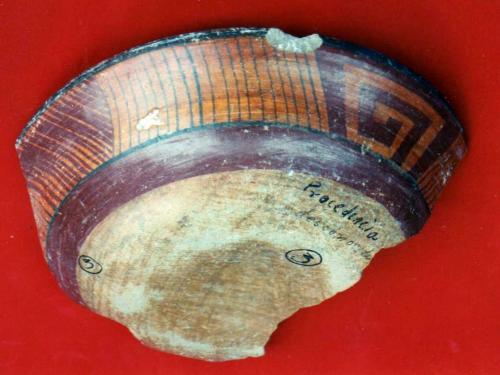
Figure 2: Exterior of Aquiahuac Polychrome bowl
The Sencillo subtype has a black painted band around the lip, and a red band on the interior at the intersection of the base and the wall (Fig. 3). Painted decoration is occasionally added to the vessel walls in the form of thin black lines used to outline geometric or zoomorphic figures (Fig. 4). The interior base often features an elaborate design that incorporates "codex style" motifs.


Figure 3: Aquiahuac Sencillo bowls

Figure 4: Aquiahuac Sencillo bowl with monkey motif
The Santa Catarina subtype is an elaboration on the basic Sencillo subtype. Geometric patterns are filled in with two-tone orange color (Fig. 5). Complex patterns on the interior base and on the exterior rim also occur.
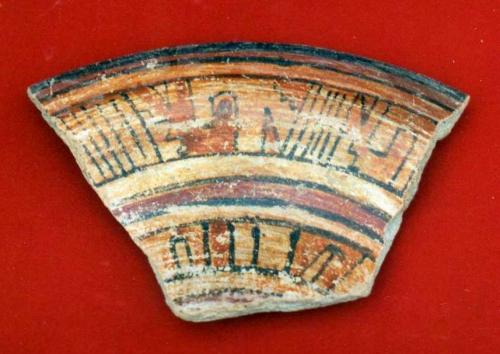
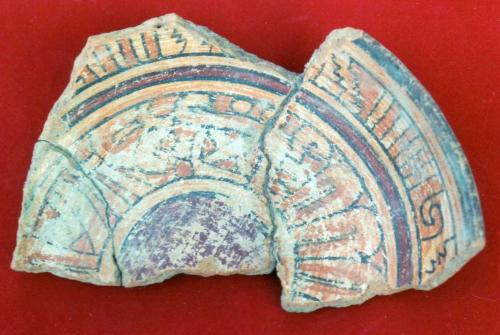
Figure 5: Aquiahuac Santa Catarina subtype
The Zócalo subtype is distinguished by its predominant use of black paint to create often intricate geometric patterns (Fig. 6). Both fine lines and solids are used to make up the designs, some of which are among the finest found on Cholula polychrome pottery. Other examples are less detailed, however, especially those found on superhemispherical bowls at UA-1, which may represent an early stage in the development of the subtype. Zocalo subtype vessels also include elaborate, 'codex-style' designs on the base (Fig. 7).
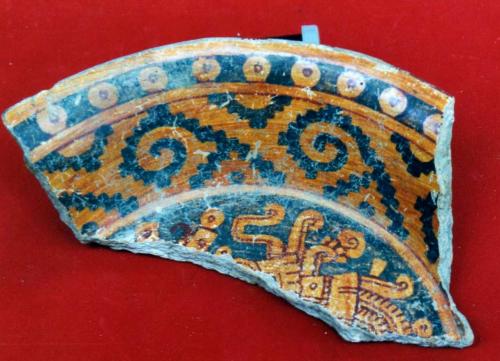
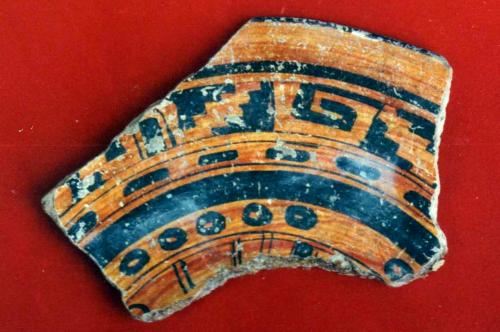

Figure 6: Aquiahuac Zocalo subtype
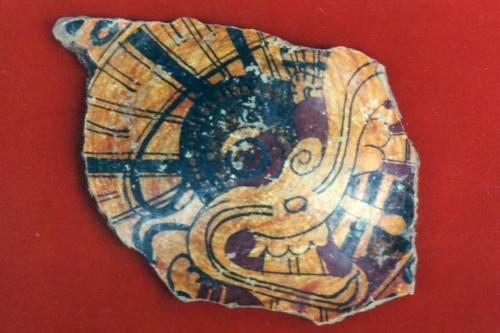

Figure 7: Aquiahuac Zocalo subtype, decorated bases
The Universidad subtype has a border around the rim decorated with a repeating "eagle feather" motif, resembling a white haystack with vertical hatching (Fig. 8). The consistent recurrence of the motif suggests a possible ritual function for these vessels, perhaps related to the "eagle vessels" used during heart sacrifices (Sahagún 1950-1982 [1547-85], Book 9:64). This distinctive motif was identified by both Peterson (1972) and Caskey and Lind (n.d.) as the "Universidad Polychrome" type. Based on the burnt orange color of the field this is classified as a subtype of Aquiahuac, though it shares other characteristics (such as the use of white paint) with Torre Polychrome, and in some previous studies it has been classifed as part of the Torre type.

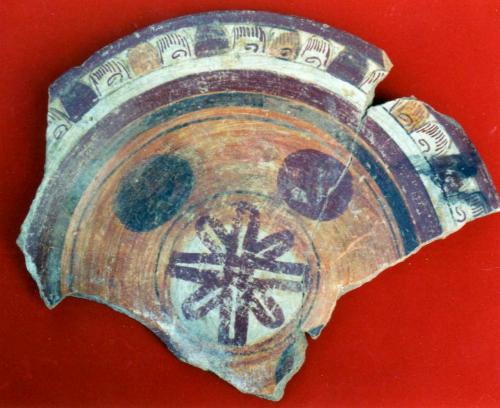
Figure 8: Aquiahuac Universidad subtype bowls
The Barracuda subtype is tentatively defined by its use of "negative" painting, appearing as a light gray, perhaps as the result of a distinctive firing technique. The decorative patterns are often similar to those of the Zócalo subtype. This subtype is defined on the basis of its presence in the UA-69 midden deposit and its association with the C14 date from that context (Peterson 1972). It was not identified in the UA-1 or subsequent collections.
Vessel Forms
Aquiahuac Polychrome occurs in serving wares, including outleaned wall dishes, conical bowls, and superhemispherical bowls. Outleaned wall dishes have horizontally flaring rims, with the vessel height measuring about 2 to 3 cm, while the rim diameter is about 20 to 30 cm. They occur in moderate frequency in both the Sencillo, Santa Catarina, and Zócalo subtypes. Conical bowls have a rim diameter of 16 to 24 cm, and a vessel height of about 8 to 12 cm. They occur in moderate frequency in the Sencillo, Zócalo, snd Universidad subtypes. Superhemispherical bowls occur in high frequency in the Zócalo subtype, where the painted decoration appears on the exterior vessel wall. These measure about 15 to 20 cm in diameter, with a vessel height of about 6 to 10 cm.
Discussion
Noguera (1954:87-99) lumped Aquiahuac with Apolo Polychrome in his types Decoración sencillo and Decoración negra y roja sobre anaranjado. It is impossible to distinguish the type in the classification developed by Müller (1978).
Examples of Aquiahuac, particularly the subtype Barracuda, were identified by Peterson at the Faculty Housing excavation from which he obtained the C14 date of A.D. 1250 +95 (Mountjoy and Peterson 1973:30). Unfortunately, Peterson's type definition is somewhat ambiguous, so that it has been difficult to identify Barracuda with confidence. Examples of Aquiahuac Polychrome were found in moderate frequencies in one feature (F-16) at UA-79, and also at the UA-8b excavation (Lind et al. n.d.:Table 2).
At UA-1, Aquiahuac Polychrome occurred in very low frequencies in both Wells 1 and 2, and only a trace was found in the upper levels of the trash midden. Greater concentrations of the type were recovered in association with Structure 2 and in related sherd concentrations. Based on the seriation analysis, Aquiahuac Burnt Orange Polychrome is interpreted as a diagnostic of the Early Cholollan phase (1200 - 1400 CE).
In summary, Aquiahuac Polychrome is a potentially important type for the construction of the Postclassic Cholula ceramic sequence. It is associated with one of the few chronometric dates from the Postclassic period. It also appears to have a greater popularity before the Late Cholollan period (as indicated by its low frequency in UA-79 F-10 and UA-1 Well 1), but probably post-dates the UA-1 Trash Midden and Well 3, as well as the Structure 1 assemblage. Similarities in the general decorative techniques of red and black paint over an orange slip suggest a relationship to Apolo Polychrome, while the distinctive exterior decoration of a panel of diagonal lines is a trait shared with Torre Polychrome.

